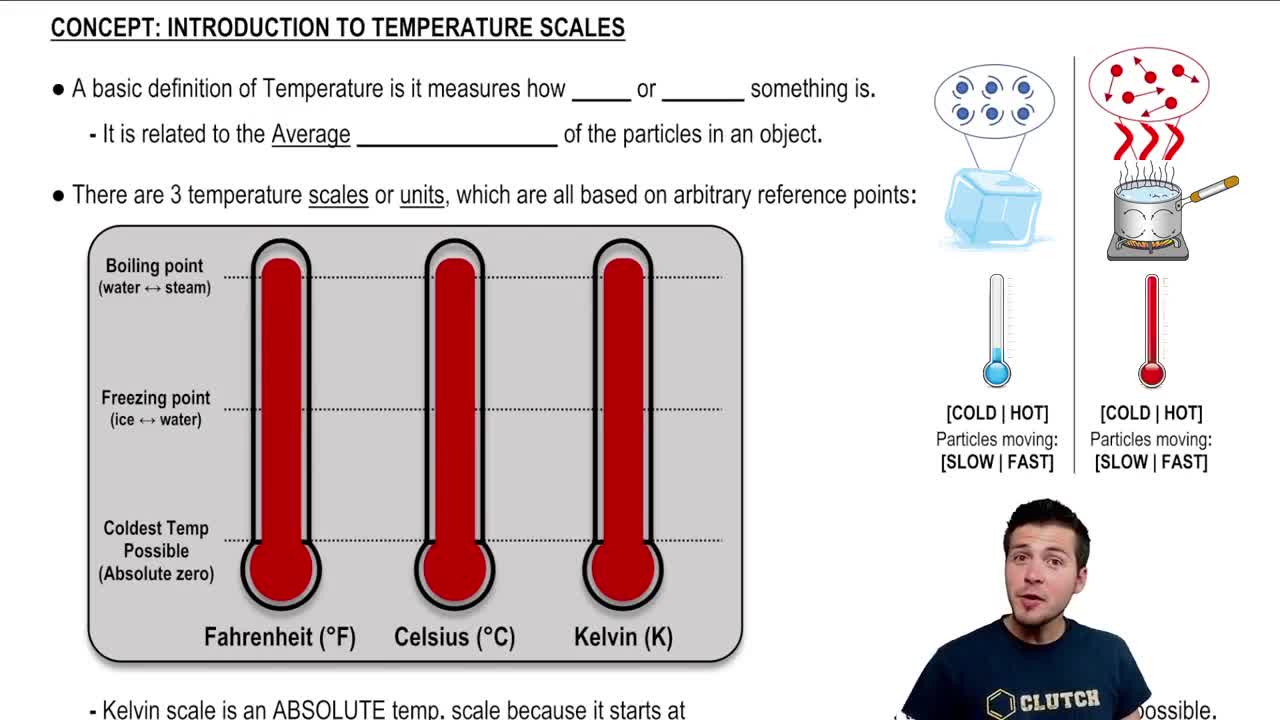The 1.0-m-tall cylinder shown in FIGURE CP14.71 contains air at a pressure of 1 atm. A very thin, frictionless piston of negligible mass is placed at the top of the cylinder, to prevent any air from escaping, then mercury is slowly poured into the cylinder until no more can be added without the cylinder overflowing. What is the height h of the column of compressed air?
Hint: Boyle's law, which you learned in chemistry, says p₁V₁ = p₂V₂ for a gas compressed at constant temperature, which we will assume to be the case.



